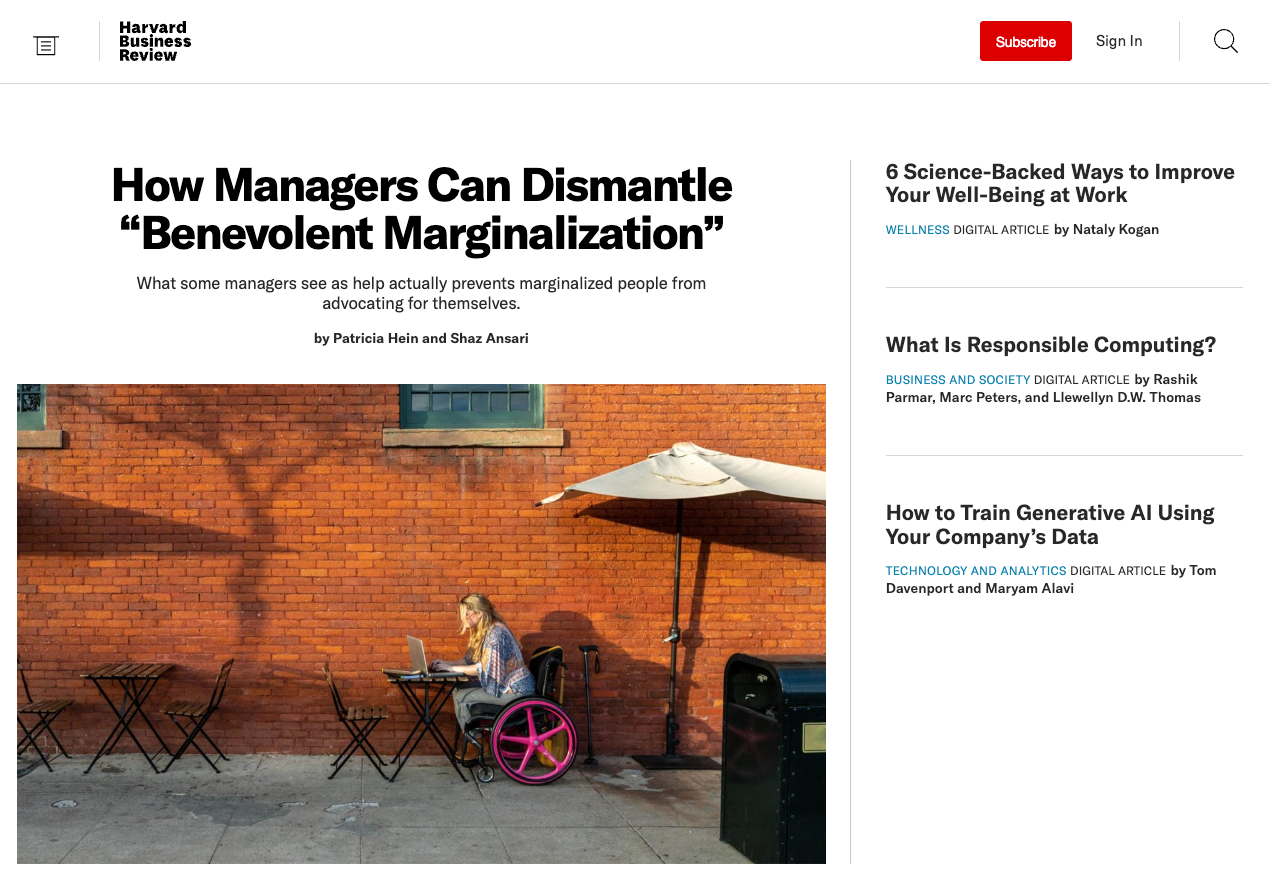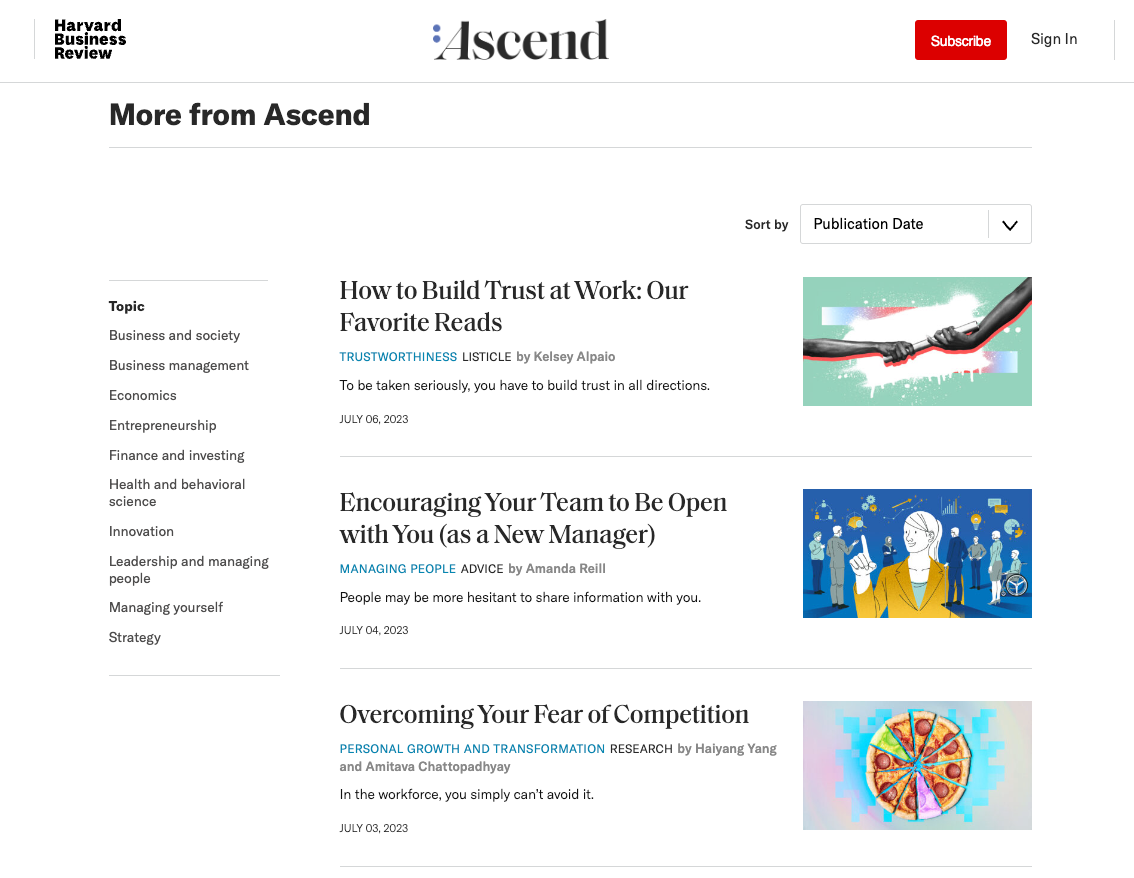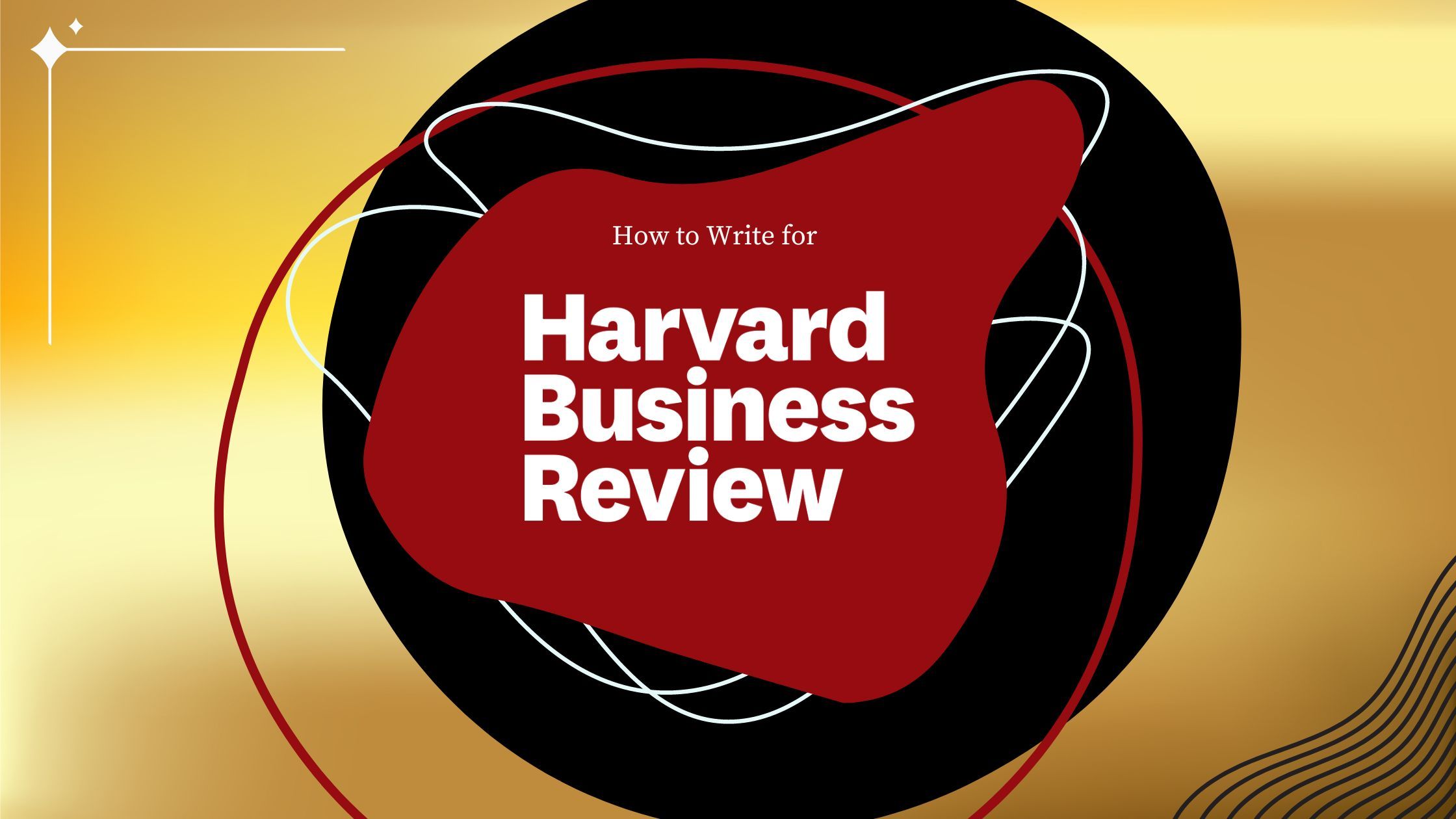Want to show people you know your stuff in business and research? Get the endorsement of Harvard Business School as one of the foremost experts in your field.
With over a century of reputation under its belt, the Harvard Business Review remains one of the most coveted bylines for thought leaders, authors, professors and business professionals. When an HBR editor greenlights and uploads your article to the publication, you’ll have a relevant “as seen in” credibility marker for years to come.
Related: PR in Business: How to Get More Press, + 10 Tips to Up Your Media Game
Moreover, HBR recently added a sub-publication, Ascend, that has lower requirements for a proposed article. If you have an idea that you think would be a good fit, this article will explain how you can pitch articles to HBR editors with the goal of getting published.
What Is the Harvard Business Review?
The Harvard Business Review publishes smart stories related to management theory, using real world examples or recent research, as explained by the scientists themselves.
According to their website, HBR covers leadership, strategy, communication, economics and, of course, management. Unlike most other media outlets, HBR isn’t covering breaking news; it’s more focused on what companies are doing in light of market data and changing job requirements.

How to Write for Harvard Business Review
HBR has a helpful page on their website regarding contributor guidelines. Here are the high-level points to know.
HBR.org and the Magazine Are Different
The process for getting an article into the print edition of HBR, like most print magazines, is more competitive. Editors will save the best ideas and articles for print edition, then syndicate these articles online. In HBR’s case, you’re pitching a different editor altogether.
For example, when pitching print, you’ll first send your pitch query. Once that’s accepted, an editor will then want to see a narrative outline, which also needs to be approved before you get a green light to write the article.
Related: How to Write an Article for a Print Magazine
The process is slightly less rigorous for HBR.org, but both look for similar themes and evidence of management expertise in the pitch. Reference the instructions closely, then when you’re ready, submit your pitch to HBR via their Submittable page.
Ascend Is a New Publication
A few years ago, HBR launched a sub-publication called Ascend, which is designed to appeal to demographics who are in earlier stages of their careers. The brand also covers broader topics in an effort to encourage younger readers to become a part of the HBR audience.

As a result, you’ll see creative and helpful ideas—and a separate pitching process—when specifically pitching to Ascend. Rule of thumb: Would something like this be taught at Harvard Business School, as part of training the next generation of management professionals? Start there.
➡️ Instructions for pitching HBR Ascend are here.
Don’t get discouraged if you have to pitch multiple times. Pitching regularly and consistently is key for success.

FAQs About Harvard Business Publishing
Who Can Write For the Harvard Business Review?
Although anyone can pitch HBR, the brand typically features articles from scholars, scientists, professors, authors and established management professionals.
Do I Have to Have Gone to Harvard to Write for HBR?
You don’t need a shiny degree from Harvard to write for HBR (though I’m sure it helps!). What you actually need is a strong point of view and experience in your field. If you’ve published other scholarly work related to your idea, that will help.
What Should my Harvard Business Review Pitch Include?
Include general notes on your idea, past writing samples and a summary of why the pitch would be a great fit for the brand.
The Takeaway
You don’t need decades of experience to start writing for household-name media publications. What you need are strategies and great article ideas that readers want to learn about.
Start pitching today and your next byline might be closer than you think. ◆
Related Stories
How to Write an Editorial, in 6 Steps
How to Write a Lead: 9 Ways to Nail Your Opening
Inverted Pyramid: The Delicious News Writing Format That Produces Clear Stories, Every Time
The Anecdotal Lead: How to Captivate Readers with Quick, Short Stories
AP Style: Why We All Follow a Rulebook First Published in the 1950s – And Love It
Writing on Medium: The Ultimate Guide


